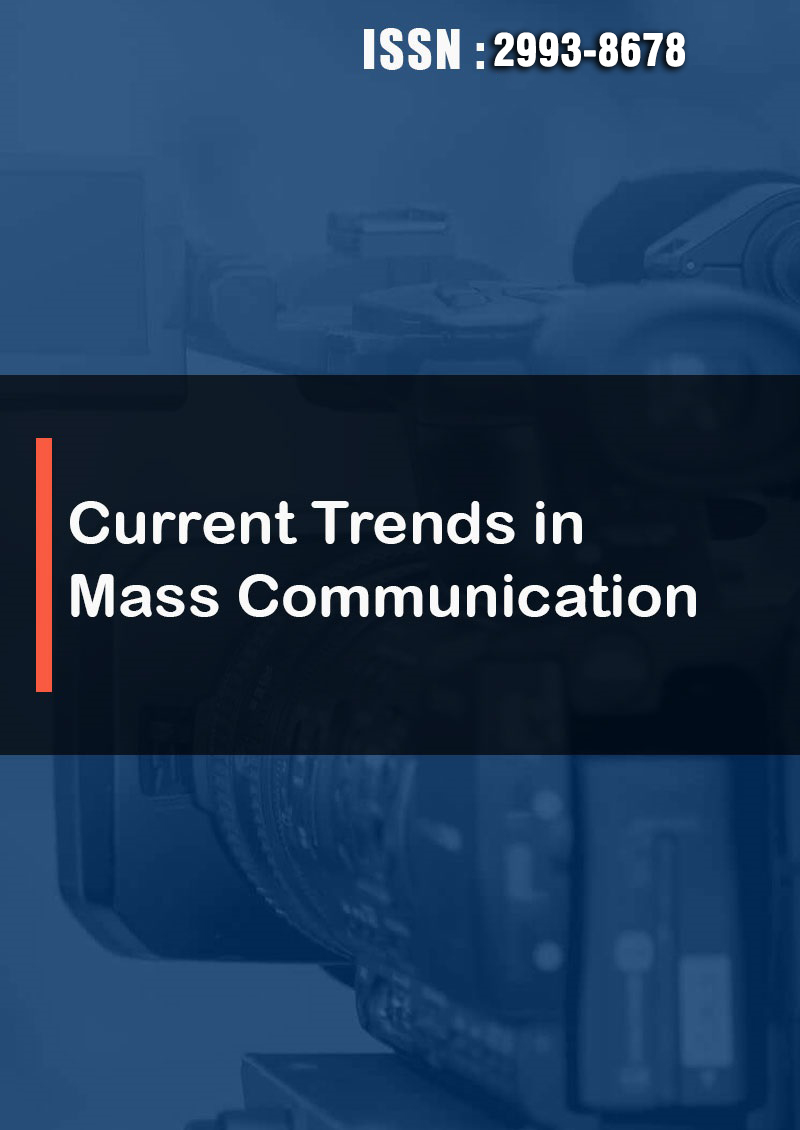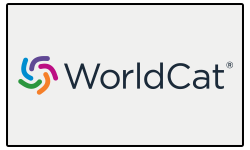Media Framing Of the Russia-Ukraine War by Tass and Ukrinform during the First Month of the Invasion
Abstract
Fredrick Wilson, Juda Melea Moses and Bitrus Ndawalni Umar
When two countries go to war, the media in these countries also go to war through the use of framing in content pro- duction. This study focuses on the media framing of the Russia-Ukraine war by the TASS and Ukrinform during the first month of the Russian invasion of Ukraine. A descriptive content analysis guided by framing and political economy theories was used. A coding sheet was used as the instrument of data. A total of 1929 reports were identified during the first month of the invasion. Findings revealed that the Russian News Agency framed the conflict in Ukraine as a ‘spe- cial military operation,’ but did not make the ‘operation’ a media agenda. This was reflected in the low Average Daily Frequency (ADF) of 9 reports. On the other hand, the Ukrainian News Agency, Ukrinform framed the operation as a ‘war’ or ‘invasion’ of Ukraine. The Ukrainian News Agency made the operation a media agenda, this was reflected in the high Average Daily Frequency (ADF) of 53 reports. Further findings revealed that the dominant frame employed by the TASS and Ukrinform News Agencies is the attacks on civilians, residential areas and causalities. This was to expose the atrocities committed by the enemy (Russian or Ukrainian government) to either win sympathy or condemnation among supporters. Based on these findings, this study recommends media independence during wars. This will give even the state-owned news agencies the right to employ realist frames which could help save lives during wars and not political economy frames.




